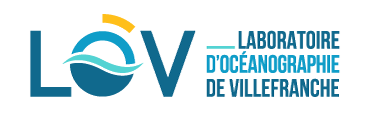HYPERNETS: a network of automated hyperspectral radiometers to validate water and land surface reflectance (380–1680 nm) from all satellite missions
Résumé
Satellites are now routinely used for measuring water and land surface reflectance and hence environmentally relevant parameters such as aquatic chlorophyll a concentration and terrestrial vegetation indices. For each satellite mission, radiometric validation is needed at bottom of atmosphere for all spectral bands and covering all typical conditions where the satellite data will be used. Existing networks such as AERONET-OC for water and RadCalNet for land provide vital information for validation, but (AERONET-OC) do not cover all spectral bands or (RadCalNet) do not cover all surface types and viewing angles. In this Perspective Article we discuss recent advances in instrumentation, measurement methods and uncertainty estimation in the field of optical radiometry and put forward the viewpoint that a new network of automated hyperspectral radiometers is needed for multi-mission radiometric validation of water and land surface reflectance. The HYPERNETS federated network concept is described, providing a context for research papers on specific aspects of the network. This network is unique in its common approach to both land and water surfaces. The common aspects and the differences between land and water measurements are explained. Based on early enthusiasm for HYPERNETS data from validation-oriented workshops, it is our viewpoint that this new network of automated hyperspectral radiometers will be useful for multi-mission radiometric validation of water and multi-angle land surface reflectance. The HYPERNETS network has strong synergy with other measurement networks (AERONET, AERONET-OC, RadCalNet, FLUXNET, ICOS, skycam, etc.) and with optional supplementary measurements, e.g., water turbidity and fluorescence, land surface temperature and soil moisture, etc.
| Origine | Fichiers éditeurs autorisés sur une archive ouverte |
|---|
